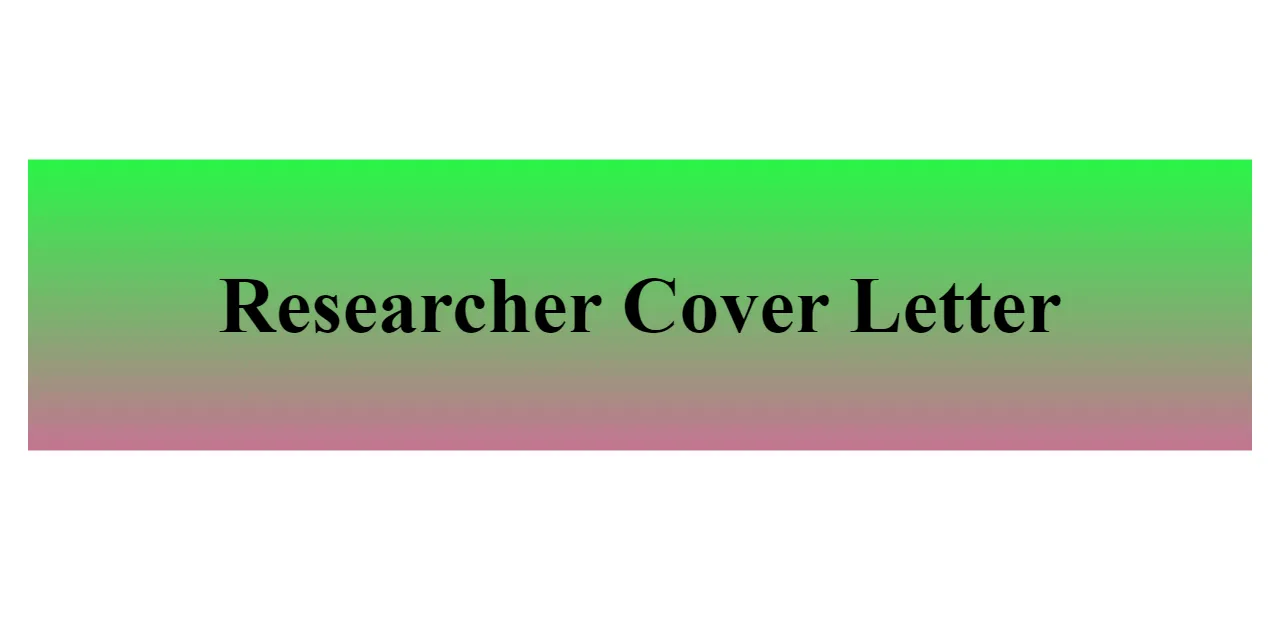Understanding Cover Letter Templates
In the competitive world of job applications, a well-crafted cover letter is your first opportunity to make a positive impression on potential employers. A cover letter template serves as a foundational structure, guiding you in presenting your skills, experiences, and enthusiasm for a specific role. It is a pre-designed framework, providing a layout and sometimes even suggesting content, to streamline the writing process and ensure you cover all the essential elements. Unlike a generic document, a cover letter template offers a personalized introduction that complements your resume and showcases your unique qualifications. Leveraging a template helps you save time, maintain a professional tone, and tailor your application to the specific requirements of each job.
Benefits of Using a Cover Letter Template
Using a cover letter template offers numerous advantages for job seekers. It simplifies the writing process, allowing you to focus on crafting compelling content instead of agonizing over formatting and structure. A template provides a clear outline, ensuring you include all the necessary information, such as your contact details, a compelling introduction, highlights of your key skills and experiences, and a strong call to action. By using a template, you can maintain a professional appearance, create a consistent brand across all your application materials, and increase your chances of landing an interview. These templates are readily available, allowing for easy adjustments to personalize your message.
Saves Time and Effort
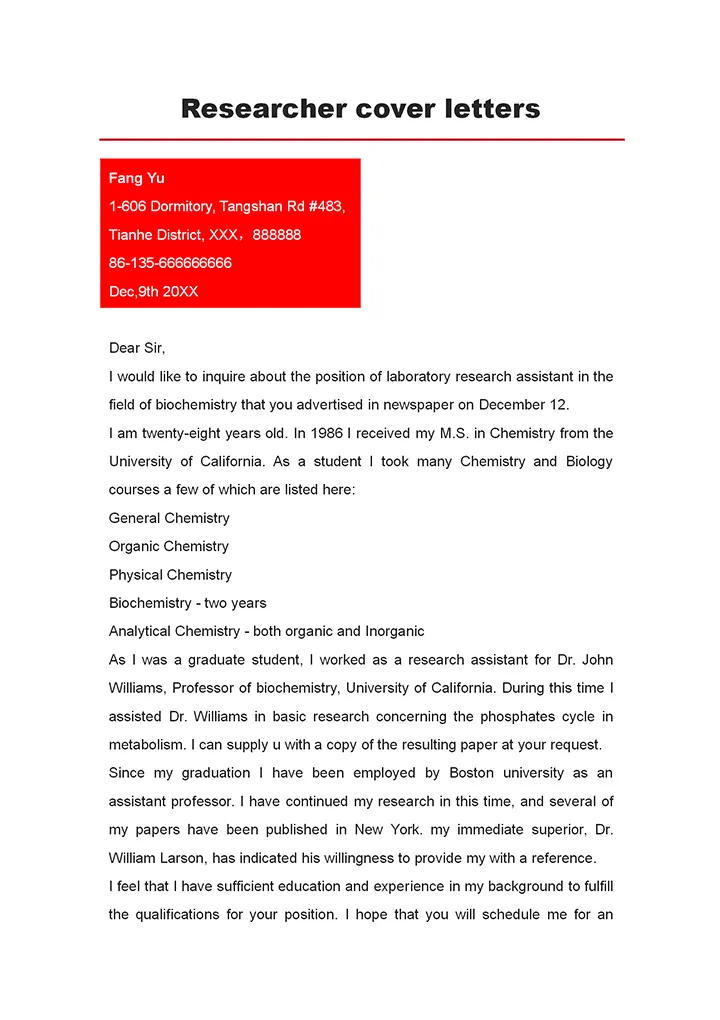
One of the primary benefits of utilizing a cover letter template is the significant time and effort it saves. Creating a cover letter from scratch can be a lengthy and demanding task. A template provides a pre-designed structure and layout, allowing you to focus your energy on customizing the content to align with the specific job requirements and your personal qualifications. This streamlined approach is particularly advantageous when applying for multiple positions, as you can efficiently adapt the template to each unique opportunity. This allows for more time to focus on other areas of the job search, such as networking or practicing interview skills.
Ensures Professional Formatting
Cover letter templates are typically designed with professional formatting in mind. This ensures that your cover letter is visually appealing and easy to read. Consistent formatting, including font styles, sizes, margins, and spacing, creates a polished and organized document. This attention to detail reflects your professionalism and commitment to presenting yourself in the best possible light. Professional formatting also makes it easier for the hiring manager to quickly scan the letter and identify the key information they need, improving your chances of making a positive impression and being considered for the role.
Highlights Key Skills
Cover letter templates are designed to guide you in highlighting your key skills and experiences. They often include sections specifically for showcasing your qualifications and how they align with the job requirements. The template can prompt you to provide concrete examples of your achievements, quantify your contributions whenever possible, and emphasize the skills that are most relevant to the position. The structure helps you to organize your thoughts and present a clear and concise overview of your abilities, making it easier for the hiring manager to assess your suitability for the role. This focused approach can significantly increase your chances of getting noticed and securing an interview.
5 Secrets to a Winning Cover Letter Template
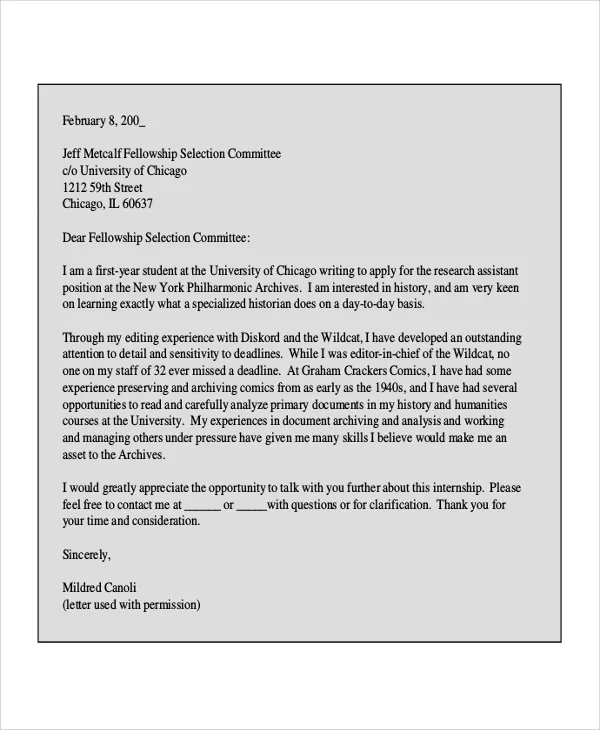
To maximize the effectiveness of your cover letter template, consider these five secrets. By implementing these strategies, you can create a compelling application that sets you apart from other candidates and increases your chances of getting hired. These tips will help you to create a cover letter that is both polished and well-targeted, and increase your chances of making a positive impression.
Tailor It to the Job Description
The most crucial step is to customize your cover letter template for each job application. Review the job description carefully and identify the key skills, experiences, and qualifications the employer is seeking. Then, tailor your cover letter to highlight the relevant information that aligns with those requirements. Use the same keywords and phrases from the job description to demonstrate that you understand the role and are a good fit for the company. This shows that you have taken the time to understand the position and are genuinely interested in the opportunity.
Focus on Your Accomplishments
Instead of simply listing your job responsibilities, focus on your accomplishments. Use your cover letter to showcase the results you have achieved in previous roles. Provide specific examples of how you have made a positive impact, such as increasing sales, reducing costs, improving efficiency, or leading successful projects. This demonstrates your value to the employer and shows them what you can bring to their organization. Quantifiable achievements are especially impactful, as they provide concrete evidence of your skills and expertise.
Quantify Your Achievements
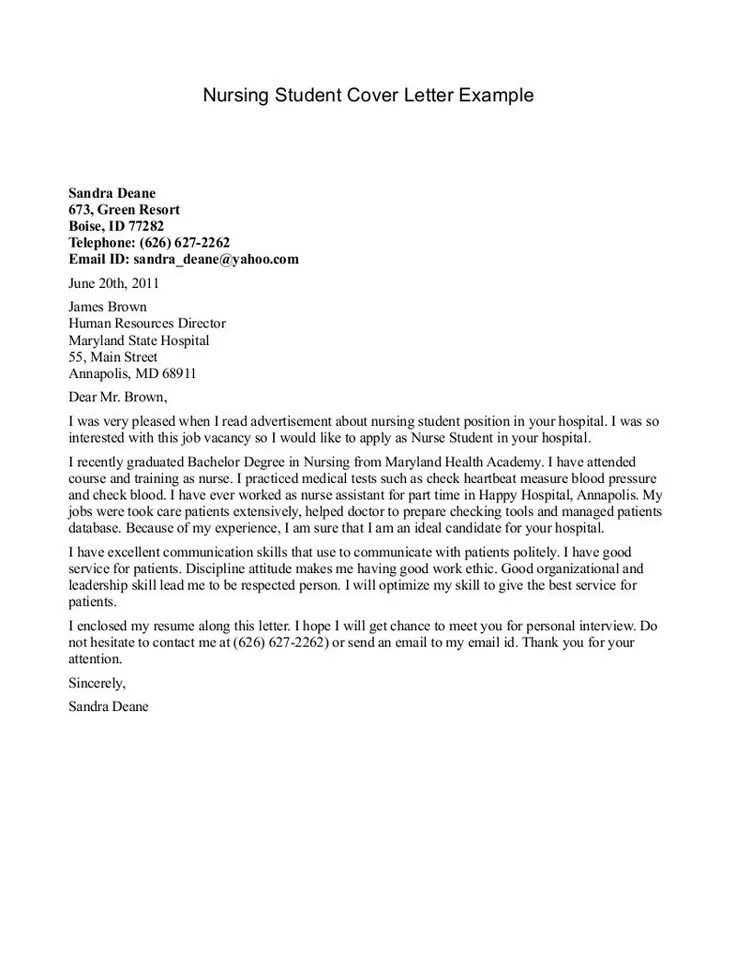
Whenever possible, quantify your achievements to make them more impactful. Instead of saying you ‘improved customer satisfaction,’ state that you ‘increased customer satisfaction scores by 15%’. Instead of stating you ‘managed social media,’ mention you ‘grew social media followers by 20%’. This provides concrete evidence of your impact and makes it easier for the employer to understand the value you can bring. Using numbers and percentages adds credibility to your claims and shows that you are results-oriented and data-driven.
Use Action Verbs
Start each bullet point or sentence describing your accomplishments with a strong action verb. Action verbs immediately grab the reader’s attention and make your accomplishments sound more dynamic and impactful. Examples of effective action verbs include: ‘managed’, ’led’, ‘achieved’, ‘developed’, ‘implemented’, ‘created’, ‘increased’, ‘reduced’, ‘improved’, ‘streamlined’, and ’transformed’. These verbs are more engaging than passive phrasing and demonstrate your initiative, skills, and ability to take action.
Proofread Meticulously
Before submitting your cover letter, proofread it meticulously for any grammatical errors, typos, or inconsistencies. A cover letter filled with errors sends a message that you lack attention to detail and are not committed to presenting a polished and professional image. Read your cover letter aloud, use grammar checkers, and ask a friend or colleague to review it. A perfectly proofread cover letter demonstrates your professionalism and commitment to excellence, increasing your chances of making a positive impression.
Choosing the Right Template Style
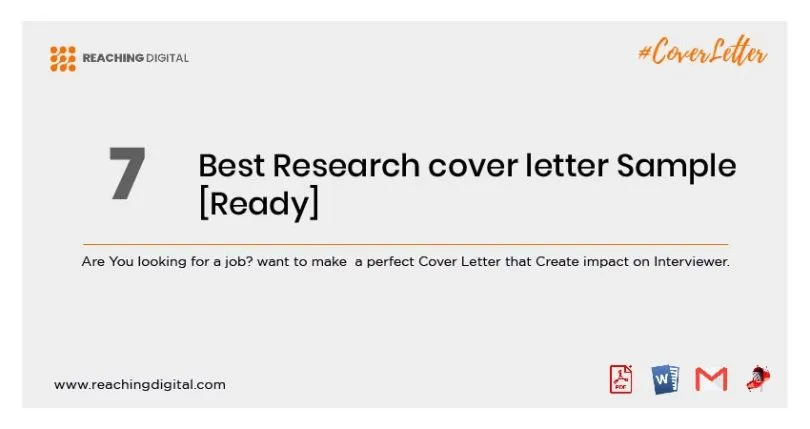
The style of your cover letter template should align with the industry, the company culture, and the specific job you are applying for. Different template styles offer different approaches to presenting your information. Consider what impression you want to make and choose a template style that reflects your personality and the values of the organization.
Modern Templates
Modern cover letter templates often feature clean designs, stylish fonts, and subtle visual elements. These templates are ideal for creative industries, tech companies, or any organization with a contemporary feel. They convey a sense of innovation, professionalism, and a willingness to embrace new ideas. Avoid overly ornate designs that might distract from your content, focusing instead on a visually appealing layout that makes your cover letter easy to read and understand.
Professional Templates
Professional cover letter templates are typically more conservative and formal in design. They often use classic fonts and layouts with a focus on readability and clarity. These templates are appropriate for traditional industries such as finance, law, or government. They convey a sense of professionalism, reliability, and a strong work ethic. When using a professional template, ensure that the formatting is clean and consistent, and that the focus remains on the content of your cover letter.
Creative Templates
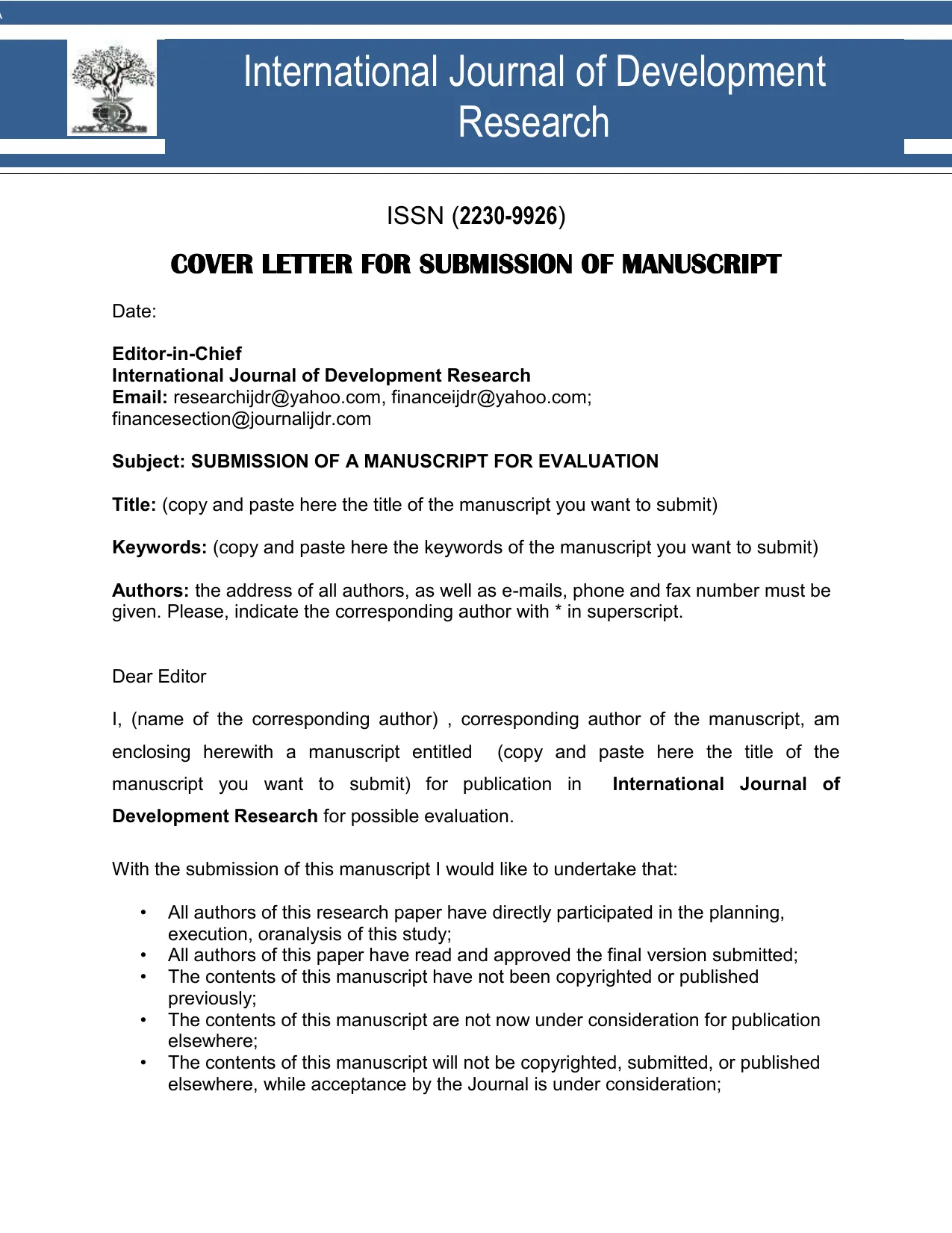
Creative cover letter templates offer unique designs, bold colors, and unconventional layouts. They are best suited for jobs in creative fields such as design, marketing, or advertising. Use caution when choosing a creative template, ensuring that the design aligns with the job requirements and company culture. While a creative template can make you stand out, it can also backfire if it is too distracting or doesn’t align with the expectations of the employer. Tailor the template to highlight your design skills and showcase your unique personality.
Where to Find Cover Letter Templates
Fortunately, cover letter templates are widely available, making the process of finding and using them quite straightforward. There are many different resources you can use to find a template that suits your needs. Consider what kind of template is most suitable for you.
Online Template Providers
Numerous websites offer free and premium cover letter templates. These providers offer a range of templates in various styles, from modern to professional, and allow for easy customization. Some popular online template providers include Canva, Resume.io, and Zety. These resources offer a range of templates, and many provide examples to guide you on how to best fill in the different sections of the letter.
Word Processing Software
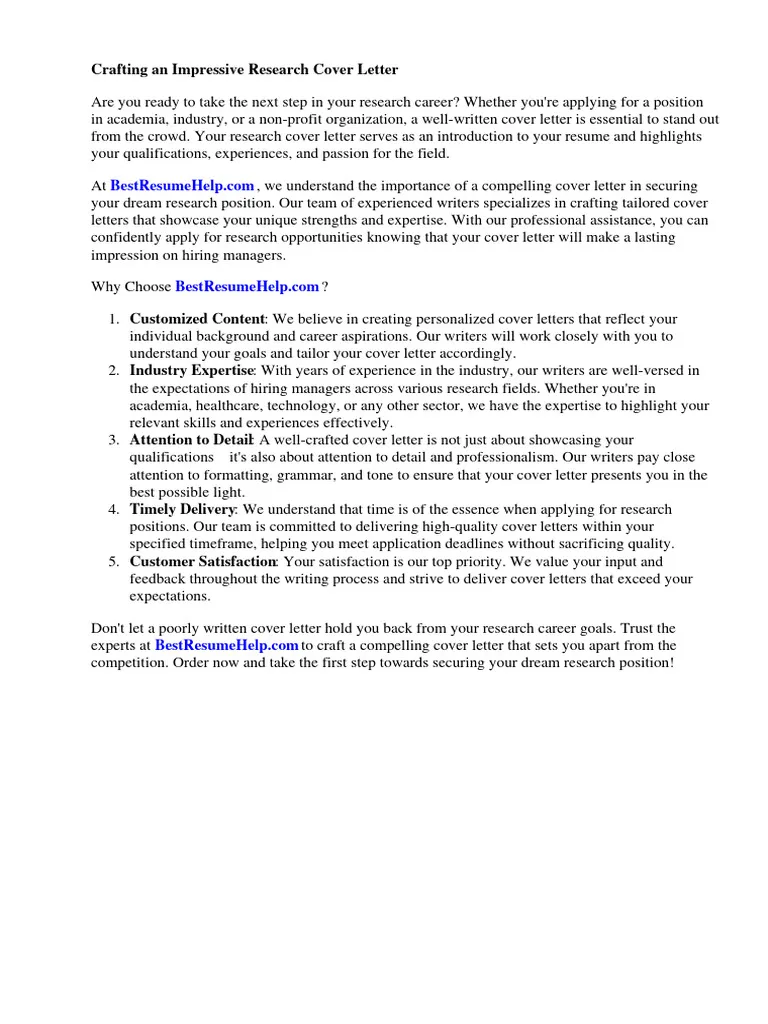
Most word processing software, such as Microsoft Word or Google Docs, includes a library of cover letter templates. These templates provide a basic structure and formatting, allowing you to easily customize the content to match your needs. These templates offer a quick and convenient way to get started without having to download additional software. Often, the template will guide you through the different sections of the cover letter.
Customizing Your Chosen Template
Once you’ve selected a cover letter template, the next step is to customize it to reflect your unique skills, experiences, and the specific requirements of the job you are applying for. This is where you transform the template from a generic form into a personalized application that showcases your value to the employer. Personalization is the key to success.
